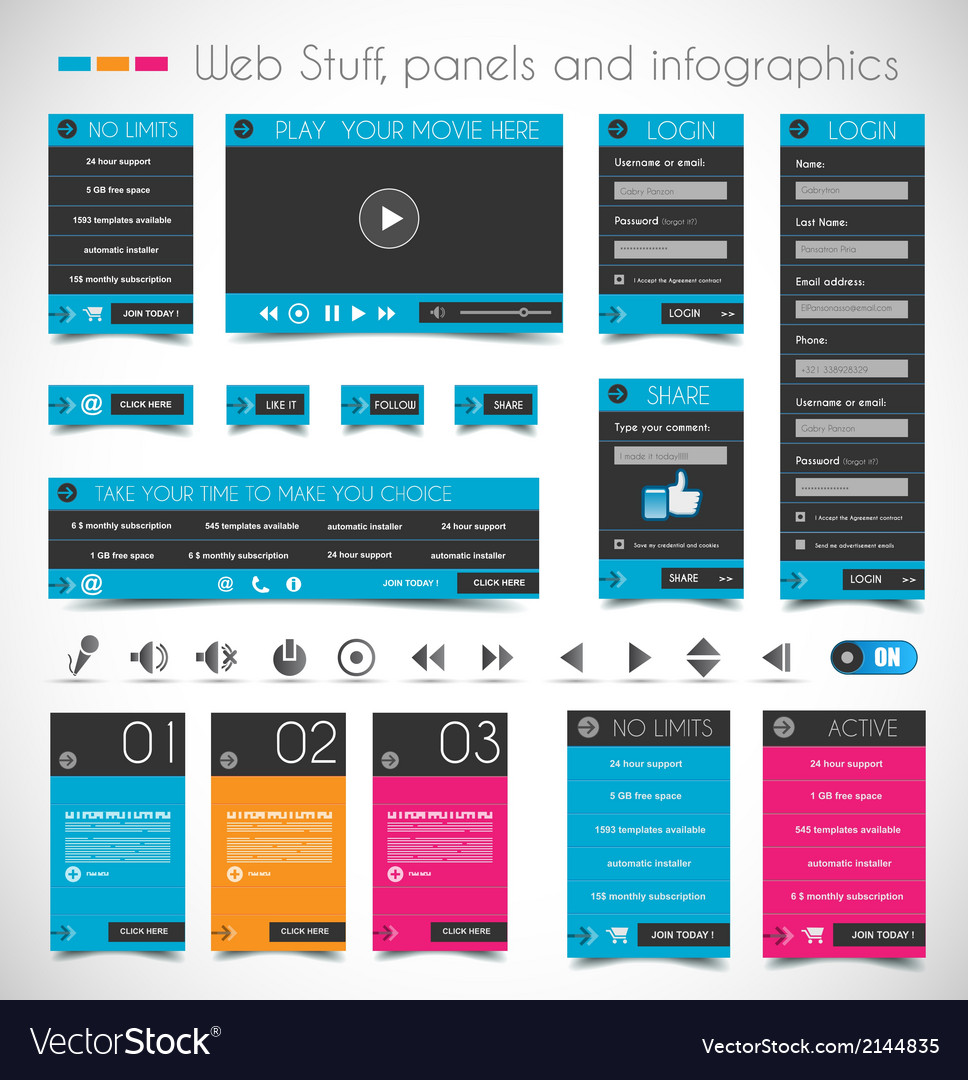Keen To Discover Exactly How Web Site Style Has Transformed Gradually? Study The Advancement From Simpleness To User-Focused Experiences
Keen To Discover Exactly How Web Site Style Has Transformed Gradually? Study The Advancement From Simpleness To User-Focused Experiences
Blog Article
Author-Tobiasen Peters
In the past, web sites were straightforward and focused on details. Navigating was direct, and layout was for desktops. Currently, user experience is crucial. Data overviews styles for simple navigating. Receptive layouts suit various devices. Today, dark setting reduces stress, and minimal menus enhance navigation. Interactive attributes engage users, and vibrant visuals stand out. AI integration boosts engagement. See exactly how layout has evolved to boost your on the internet trip.
Early Days of Web Design
In the very early days of website design, simpleness preponderated. Web sites were fundamental, with limited shades, typefaces, and designs. The emphasis got on providing information as opposed to flashy visuals. Users accessed the internet through sluggish dial-up links, so rate and performance were vital.
Navigating menus were straightforward, typically situated on top or side of the web page. Internet sites were created for desktop computers, as mobile browsing had not been yet widespread. Web content was king, and designers prioritized easy readability over complicated style aspects.
HTML was the main coding language used, and designers needed to work within its constraints. Animations and interactive functions were very little contrasted to today's requirements. use this link were static, with little dynamic content or individualized user experiences.
Increase of User-Focused Layout
With the advancement of site style, a change towards user-focused design concepts has ended up being significantly noticeable. Today, developing sites that prioritize customer experience is critical for involving site visitors and attaining company objectives. User-focused layout involves comprehending the requirements, choices, and behaviors of your target market to customize the site's format, content, and includes appropriately.
Designers now conduct extensive study, such as user surveys and functionality screening, to gather insights and comments straight from users. This data-driven technique helps in developing user-friendly navigating, clear calls-to-action, and visually appealing interfaces that resonate with visitors. By putting the customer at the facility of the style procedure, websites can deliver a more personalized and pleasurable experience.
Receptive style has also emerged as a key element of user-focused design, making certain that web sites are enhanced for different gadgets and display sizes. This adaptability improves ease of access and usability, satisfying the diverse ways individuals communicate with sites today. Essentially, the increase of user-focused style represents a shift towards developing electronic experiences that focus on the needs and assumptions of completion user.
Modern Trends in Website Design
Discover the latest patterns shaping web design today. One noticeable fad is dark mode layout, supplying a sleek and contemporary look while decreasing eye pressure in low-light environments. An additional crucial trend is minimalist navigating, simplifying food selections and improving user experience by focusing on essential elements. Including micro-interactions, such as computer animated switches or scrolling impacts, can create an extra engaging and interactive website. Receptive layout stays essential, ensuring smooth user experiences throughout numerous tools. In addition, using vibrant typography and unbalanced layouts can include aesthetic passion and draw attention to specific content.
Integrating AI technology, like chatbots for client assistance or tailored suggestions, boosts individual interaction and improves procedures. Availability has additionally come to be a considerable pattern, with designers focusing on comprehensive design methods to accommodate varied customer demands. Accepting sustainability by enhancing site performance for speed and efficiency is an additional emerging fad in website design. Teaming up with individual feedback and data analytics to iterate and improve layout constantly is essential for remaining appropriate in the ever-evolving electronic landscape. By accepting these modern patterns, you can create an aesthetically appealing, straightforward website that resonates with your target market.
Final thought
As you reflect on the advancement of website style from the early days to now, you can see exactly how user-focused layout has actually become the driving pressure behind modern-day patterns.
Welcome the journey of modification and adjustment in website design, constantly maintaining the individual experience at the leading edge.
Tippingpointdigital
Remain existing with the most recent fads and technologies, and never ever stop evolving your approach to develop visually spectacular and user-friendly websites.
Evolve, adapt, and create - the future of website design remains in your hands.
